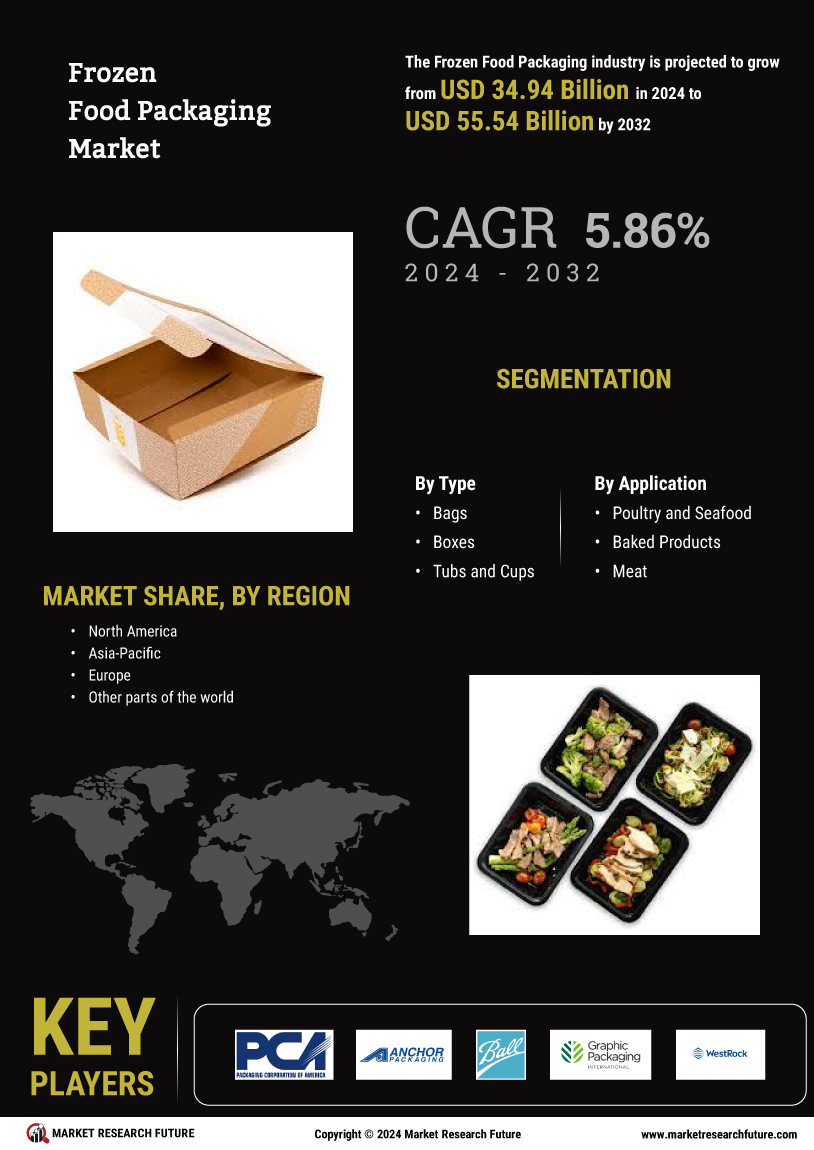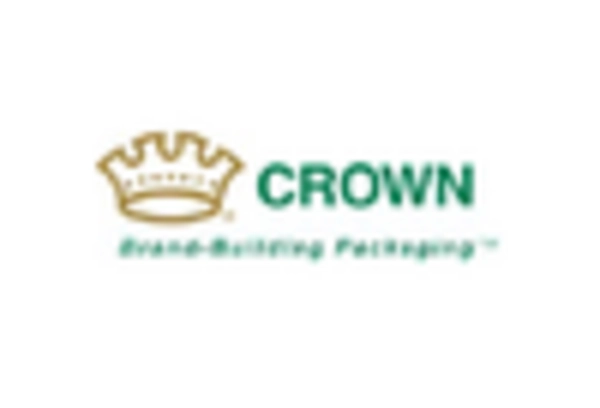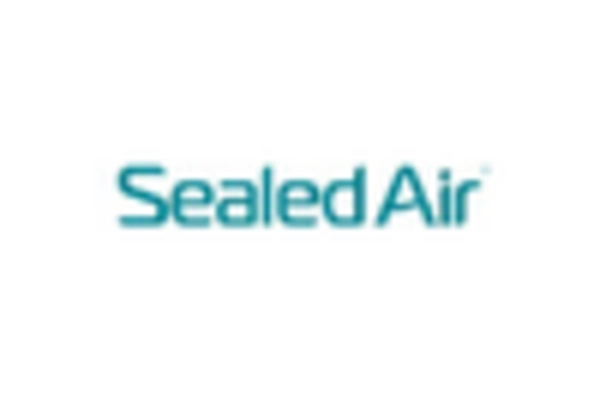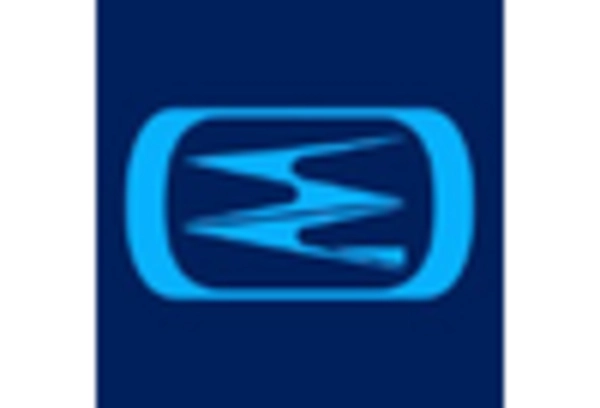Health and Wellness Trends
Health and wellness trends are increasingly influencing consumer choices in the frozen food packaging market. As individuals become more health-conscious, there is a growing demand for frozen foods that are perceived as healthier options, such as organic, low-calorie, and nutrient-rich products. This trend is reflected in the market, with sales of health-oriented frozen foods experiencing a notable increase. Manufacturers are responding by developing packaging that highlights nutritional information and promotes health benefits, thereby attracting health-conscious consumers. The market for frozen health foods is expected to expand, with projections indicating a growth rate of approximately 8% annually. As health trends continue to shape consumer preferences, the frozen food packaging market will likely evolve to accommodate these demands.
Rising Demand for Convenience Foods
The increasing consumer preference for convenience foods is a primary driver in the frozen food packaging market. As lifestyles become busier, individuals are seeking quick meal solutions that do not compromise on quality. This trend is reflected in the growth of the frozen food sector, which has seen a rise in sales, with the market projected to reach USD 300 billion by 2026. The demand for ready-to-eat meals and frozen snacks is particularly notable, as they offer both convenience and variety. Consequently, manufacturers are focusing on innovative packaging solutions that enhance product shelf life while maintaining freshness. This shift towards convenience foods is likely to continue influencing the frozen food packaging market, as companies strive to meet evolving consumer needs.
Technological Advancements in Packaging
Technological advancements play a crucial role in shaping the frozen food packaging market. Innovations such as vacuum sealing, modified atmosphere packaging, and smart packaging technologies are enhancing the preservation of frozen foods. These technologies not only extend shelf life but also improve food safety and quality. For instance, the use of intelligent packaging that monitors temperature and freshness is gaining traction among consumers and retailers alike. The market for smart packaging is expected to grow significantly, with estimates suggesting a compound annual growth rate of over 10% in the coming years. As these technologies become more accessible, they are likely to drive further growth in the frozen food packaging market, enabling manufacturers to offer superior products.
Sustainability and Eco-Friendly Packaging
Sustainability has emerged as a pivotal concern within the frozen food packaging market. With increasing awareness of environmental issues, consumers are gravitating towards products that utilize eco-friendly packaging materials. This shift is prompting manufacturers to explore biodegradable and recyclable options, which not only appeal to environmentally conscious consumers but also comply with stringent regulations. The market for sustainable packaging is projected to grow, with estimates indicating a potential increase of 20% by 2027. Companies that adopt sustainable practices are likely to enhance their brand image and attract a broader customer base. As sustainability becomes a key differentiator, the frozen food packaging market is expected to evolve, with a greater emphasis on environmentally responsible solutions.
Growth of E-commerce and Online Grocery Shopping
The rise of e-commerce and online grocery shopping is significantly impacting the frozen food packaging market. As more consumers turn to online platforms for their grocery needs, the demand for packaging that ensures product integrity during transit is increasing. This trend is reflected in the growth of online sales of frozen foods, which have surged by over 30% in recent years. Retailers are investing in specialized packaging solutions that maintain temperature control and prevent damage during shipping. This shift towards e-commerce is likely to continue, as convenience and accessibility become paramount for consumers. Consequently, the frozen food packaging market must adapt to these changes, focusing on innovative packaging designs that cater to the unique challenges of online distribution.

















Leave a Comment